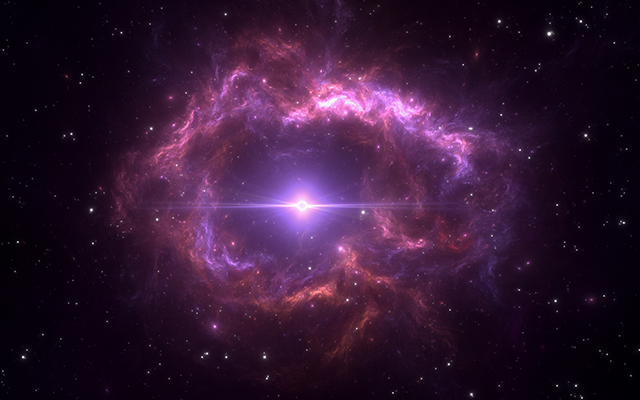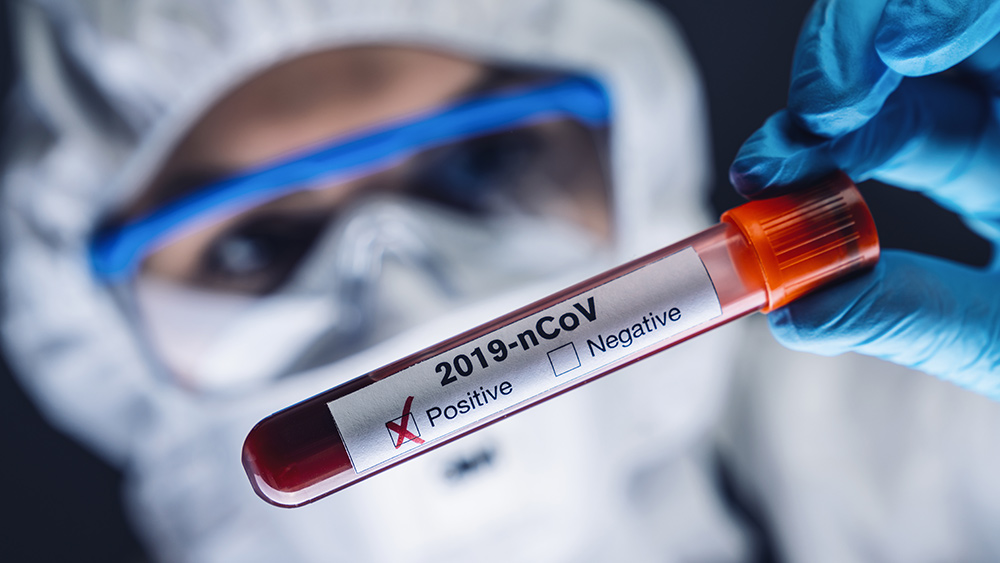
Advertisement
In April 2018, NASA launched the Transiting Exoplanet Survey Satellite (TESS), a space telescope with one goal in mind: to hunt for exoplanets (planets that are found beyond the Solar System). However, astronomers from the Ohio State University have suggested that TESS can also be used to observe supernovas. This may be able to give scientists a deeper insight into what causes white dwarf stars to explode.
The research, led by Patrick Vallely, a graduate student of astronomy from Ohio State, is published in the journal Monthly Notices of the Royal Astronomical Society. It also represents the first published study of TESS observing a supernova.
Vallely’s research combined data from TESS and the All-Sky Automated Survey for Supernovae (ASAS-SN), a network of small telescopes from around the world that look for supernovas. They also received help from data gathered by the South African Large Telescope (SALT).
Supernova observation focused on the elements it left behind
“We have known for years that these stars explode, but we have terrible ideas of why they explode,” said Vallely. His team’s research provides new insights into long-established theories about the different elements that are left behind after a white dwarf star explodes into a supernova.
White dwarf stars are small stars that are running out of fuel and are at the end of their life. Many white dwarf stars simply fade away and, once all their energy has been expended, they turn into black dwarf stars. (Related: Some black holes bring dead “zombie” stars back to life just to rip them apart later.)
However, given the right set of conditions, a white dwarf star can explode into a type of supernova, a 1A, after it gathers enough mass from a nearby star – at least in theory. If this theory holds true, astronomers believe that supernovas should be leaving behind trace elements of hydrogen, which is a crucial building block of stars.
Before Vallely’s experiments with TESS, no astronomer had ever seen these traces of hydrogen. The supernova Vallely’s team observed using TESS was the first type 1A supernova – a supernova that occurs when a white dwarf star is situated close to another star – and the astronomers were able to measure its hydrogen.
Vallely mentions that his team saw the supernova’s “spectra,” or the elements that the supernova explosion leaves behind. These elements help astronomers understand what caused the white dwarf to explode in the first place.
In this instance, Vallely’s team, with the help of ASAS-SN and SALT, found both hydrogen and helium. This helped them figure out that the explosion was a type 1A supernova. They believe that the exploding white dwarf star consumed a nearby non-dwarf star in order to get enough mass to explode into a supernova.
According to Vallely, the type of supernova that they observed is very important for the advancement of space knowledge. It helps astronomers measure distance in space and it helps them calculate how fast or how slow the universe is expanding.
Thanks to the combined efforts of TESS, ASAS-SN and SALT, Vallely says that they will be able to expand their knowledge about these kinds of supernovas.
“We are seeing something new in this data, and it helps our understanding of the type 1A supernova phenomenon,” he said.
Scientists are in agreement that the presence of a non-dwarf companion star leads to a white dwarf star exploding into a type 1A supernova. However, the mechanism of this explosion isn’t yet entirely clear. This is something future researchers can focus on, once Vallely’s team can procure enough data about these kinds of supernovas.
Sources include:
Advertisement
Advertisements
















